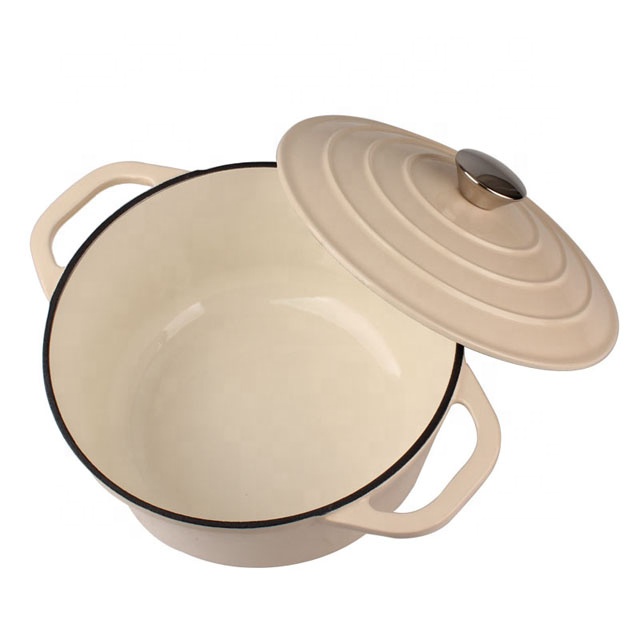
treating cast iron skillet
Treating Your Cast Iron Skillet A Guide to Longevity and Performance
Cast iron skillets are revered for their durability and superior heat retention, making them a staple in many kitchens. However, to maximize the benefits of this culinary tool, it’s essential to treat and maintain it properly. This article will guide you through the best practices for caring for your cast iron skillet, ensuring it remains a reliable companion for cooking for years to come.
Seasoning The Foundation of Care
The first step in treating a cast iron skillet is seasoning, a process that creates a natural non-stick surface. To season your skillet, start by cleaning it thoroughly with warm, soapy water to remove any factory residue. Rinse and dry completely. Next, apply a thin layer of vegetable oil, flaxseed oil, or any cooking oil with a high smoke point, making sure to cover the entire surface, including the handle.
Preheat your oven to 375°F (190°C) and place the skillet upside down on a middle rack, with a baking sheet on the lower rack to catch any drips. Bake for about an hour, allowing the oil to polymerize and form a protective layer. Let it cool in the oven to finish the seasoning process. Repeat this process a few times for a stronger non-stick surface.
Cleaning Do’s and Don’ts
When it comes to cleaning, cast iron skillets require a bit of finesse. Avoid using harsh detergents or soaking the skillet, as this can strip away the seasoning. Instead, once you’ve finished cooking, let the skillet cool slightly. Then, use a stiff brush or a non-metal scrubber to clean the surface, removing any food residue. Rinse with hot water, and if necessary, use a small amount of mild soap. For stubborn food particles, you can boil water in the skillet to loosen them.
treating cast iron skillet

After cleaning, dry the skillet immediately with a towel or by heating it on the stove for a few minutes. This step prevents rust formation. Once dry, apply a light coat of oil to maintain the seasoning and protect the skillet.
Avoiding Rust and Damage
To prevent rust, never let your cast iron skillet soak in water or leave it wet. If rust does occur, don’t panic! You can usually scrub it off with steel wool and re-season the skillet afterward. It’s also important to avoid cooking acidic foods, like tomatoes or vinegar-based sauces, for prolonged periods, as these can break down the seasoning.
Storing Your Skillet
Proper storage of your cast iron skillet is also crucial. To avoid moisture buildup, place a paper towel between the skillet and its lid or another skillet if you stack them. This allows air circulation and prevents rusting.
Conclusion Investing in Care
With the right treatment and care, a cast iron skillet can endure for generations, becoming more seasoned and reliable with each use. By following these simple guidelines—seasoning, proper cleaning, rust prevention, and careful storage—you’ll not only preserve the integrity of your skillet but also enhance its performance. Embrace the art of caring for your cast iron skillet, and it will reward you with exceptional cooking experiences for years to come. Enjoy the process and the delicious meals that await!
-
Authentic Traditional Chinese Wok for High-Performance CookingNewsAug.02,2025
-
Season Cast Iron Perfectly with GPT-4 Turbo TipsNewsAug.01,2025
-
High Quality Cast Iron Cookware - Baixiang County Zhongda MachineryNewsAug.01,2025
-
Premium Cast Iron Pan: Durable & Perfect HeatNewsAug.01,2025
-
High Quality Kitchen Durable Black Round Cast Iron Cookware Pancake Crepe Pan-Baixiang County Zhongda Machinery Manufacturing Co., Ltd.NewsAug.01,2025
-
Cast Iron Cookware - Baixiang County Zhongda Machinery | Nonstick, Heat ResistanceNewsAug.01,2025


